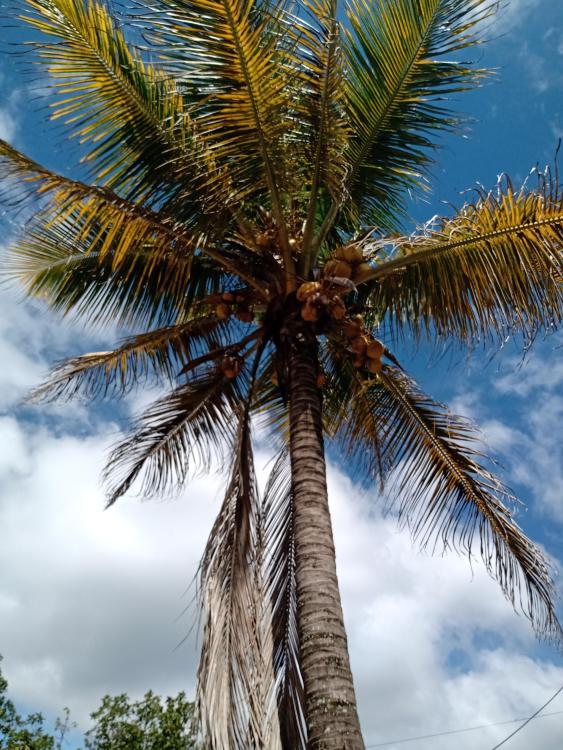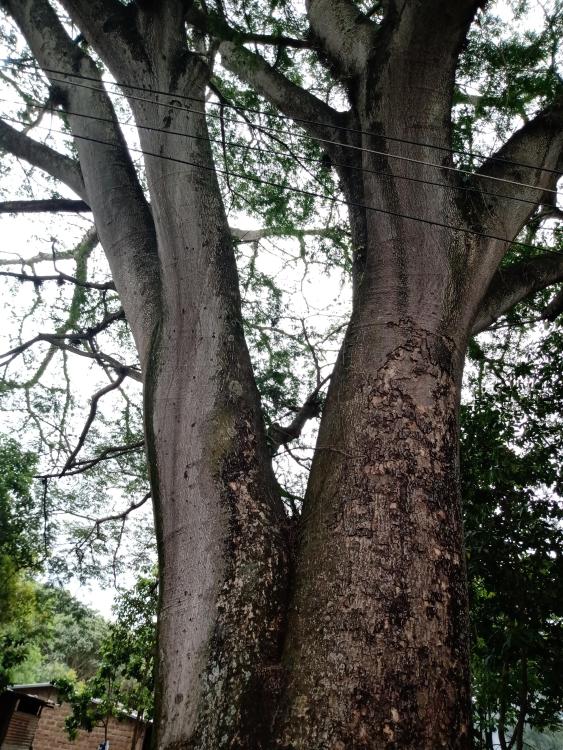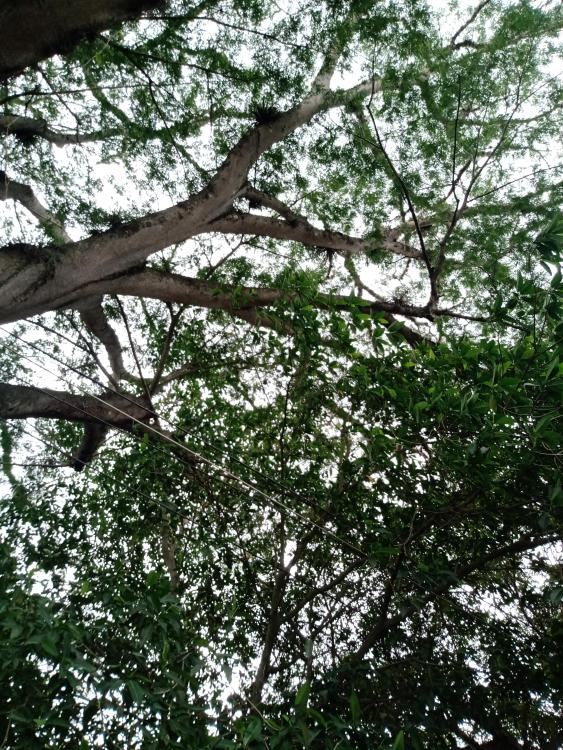-
Posts
25.684 -
Joined
-
Days Won
300
Everything posted by Lion.Kanzen
-
I was in wrong topic/forum.
-
Probably they mean kangz
-
It would be interesting have a mechanic like that and then have a mechanic upkeep. It would allow you to build more units but it would deplete the food stockpile for each extra unit.
-
My gosh.... classic...
-
More bugs
-
Deluxe edition. $ 80. -_-U
-
The torch animation...ugly. By the way another bug.
-
It looks like Toy's Story: medieval toys edition.
-
-
6 hours of streaming.
-
.thumb.png.ce58cea22940c255f5b0a735d5abee36.png)
Current climate change
Lion.Kanzen replied to Genava55's topic in Introductions & Off-Topic Discussion
https://ucsusa.org/resources/bill-gates-and-advanced-nuclear-reactors now nuclear power is green? Lol. This globalist man; Bill Gates III likes to get involved in everything. -
@wowgetoffyourcellphone this.
-
.thumb.png.ce58cea22940c255f5b0a735d5abee36.png)
Mesoamerican Fauna and Flora
Lion.Kanzen replied to wowgetoffyourcellphone's topic in Rise of the East
-
.thumb.png.ce58cea22940c255f5b0a735d5abee36.png)
Mesoamerican Fauna and Flora
Lion.Kanzen replied to wowgetoffyourcellphone's topic in Rise of the East
https://en.m.wikipedia.org/wiki/Enterolobium_cyclocarpum In North America it is often called elephant-ear tree, due to the shape of the seedpods. Other common names include Devil's ear and earpod tree, parota and orejón (Spanish) or huanacaxtle (Nahuatl). In El Salvador, it is known as conacaste.[2] In the Yucatan peninsula, it is known by the Mayan name, pich. In Panama it is known as a corotú. Enterolobium cyclocarpum, commonly known as guanacaste, caro caro, monkey-ear tree or elephant-ear tree, is a species of flowering tree in the pea family, Fabaceae, that is native to tropical regions of the Americas, from central Mexico south to northern Brazil (Roraima) and Venezuela. The guanacaste is a medium-sized to large tree, growing to 25–35 m tall, with a trunk up to 3.5 m in diameter. Unusual in a tree of these proportions, buttresses are completely lacking. The bark is light gray, with prominent dark reddish-brown vertical fissures. In young trees these fissures are closer together. and their confluence lends a characteristic reddish hue to the bark of guanacaste saplings. Older specimens often present broken, chipped or scarred bark. The crown is broad and widely spreading. The height at which branches first occur along the trunk – as well as the overall tree shape – vary considerably among individuals and are habitat-dependent characteristics. Frequently, guanacaste trees grow as single specimens in a sunny pasture. Under these conditions, massive, extended, horizontal limbs emerge low on the boles, forming giant, hemispherical, widely spreading crowns. In the forest (where competition for light is intense) trees tend to become taller, and branching occurs at a higher level. Tree forms then become somewhat narrower, though crowns are still rounded, and hemispherical shapes are maintained by those that have reached the canopy Photos by me. I took it the other day I went on trip. -
.thumb.png.ce58cea22940c255f5b0a735d5abee36.png)
All Civilizations are my favorite.
Lion.Kanzen replied to wowgetoffyourcellphone's topic in Gameplay Discussion
in turn they are ideas from other games. that yes well corrected, and joint. -
.thumb.png.ce58cea22940c255f5b0a735d5abee36.png)
All Civilizations are my favorite.
Lion.Kanzen replied to wowgetoffyourcellphone's topic in Gameplay Discussion
not all civs are for that. I prefer the mercenary camps to capture them on the map. -
.thumb.png.ce58cea22940c255f5b0a735d5abee36.png)
All Civilizations are my favorite.
Lion.Kanzen replied to wowgetoffyourcellphone's topic in Gameplay Discussion
I am not suggesting any name change. Above I left a list of Republican units. -
.thumb.png.ce58cea22940c255f5b0a735d5abee36.png)
All Civilizations are my favorite.
Lion.Kanzen replied to wowgetoffyourcellphone's topic in Gameplay Discussion
Maybe bonus to recruit cheaper. Auxiliar camp. -
.thumb.png.ce58cea22940c255f5b0a735d5abee36.png)
All Civilizations are my favorite.
Lion.Kanzen replied to wowgetoffyourcellphone's topic in Gameplay Discussion
they should recruit auxiliary troops like Cretan archers and Numidian cavalry, elephants,slingers -
What's for Christmas? Any new mechanics or a new QoL? Something on paper, any wish?







